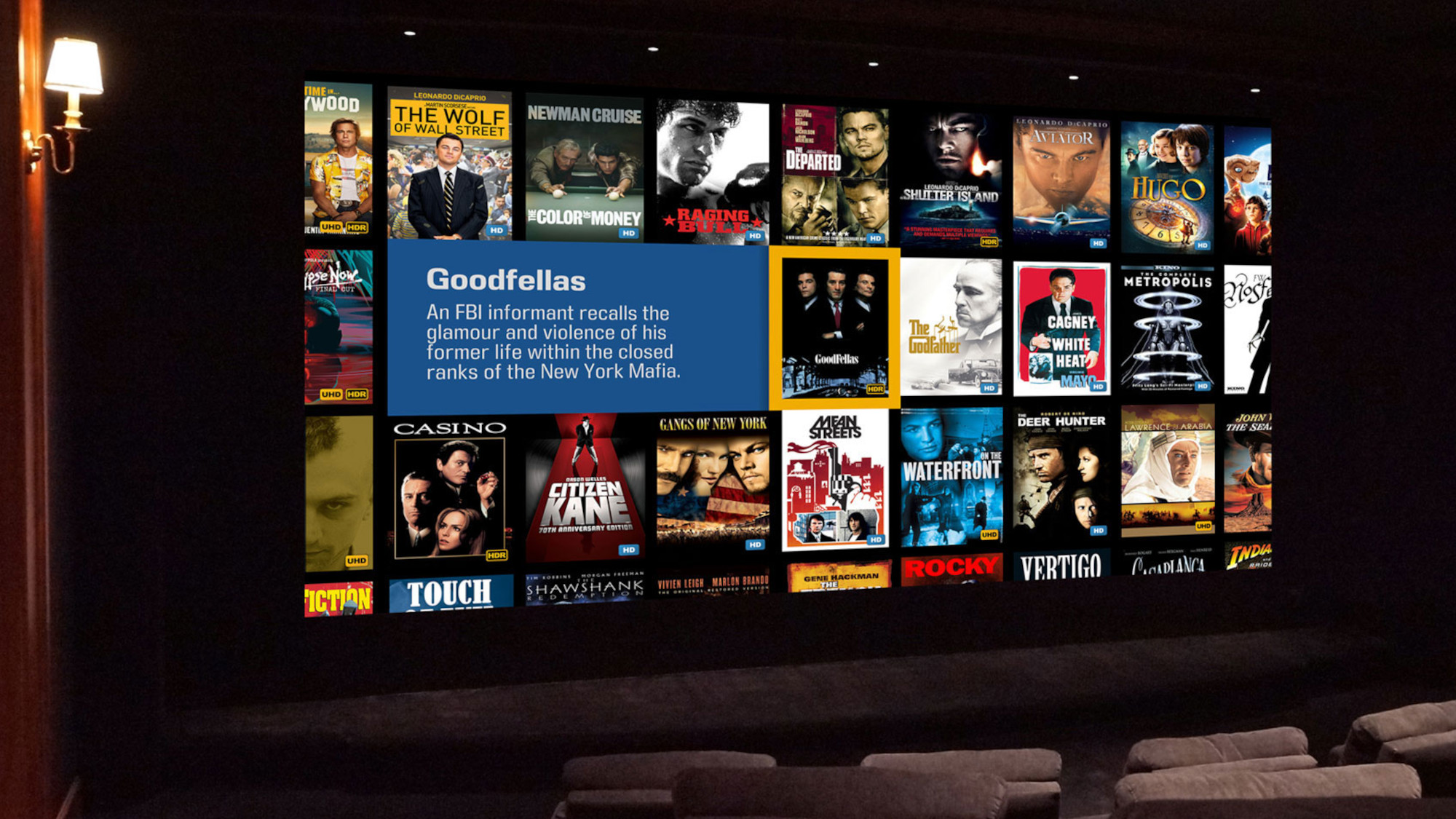Tom's Guide Verdict
The Yevo 1 wireless earbuds look great, but the audio instability is problematic.
Pros
- +
Stylish design
- +
Decent sound quality
- +
Long battery Life
Cons
- -
Lackluster stability
- -
High price tag
Why you can trust Tom's Guide
The Yevo 1 wireless headphones ($249) stand out from the completely wireless earbuds pack with their strong sense of style. They also offer a neat perk called Audio Transparency, which allows sound from the outside world to play in the earbuds thanks to small microphones in each bud. While their fashionable design and reliable battery life deserve applause, problems with connection stability and audio balance make them hard to love.
Design
The Yevo 1 is the first set of wireless earbuds I've seen that actually looks sexy; most (cough-AirPods-cough) look awkward and distracting. Some earbuds look like you've got something leaking from your ear (cough-AirPods-cough). The Yevo 1 comes in three color combinations: black with glossy black accents, black with gold accents, and white with rose-gold accents. The gold-tinted designs are best for showing off, and the black-on-black design does its best not to draw attention. By contrast, the Nuheara IQbuds come in a rather-muted black-and-silver design that wins neither sneers nor kudos.
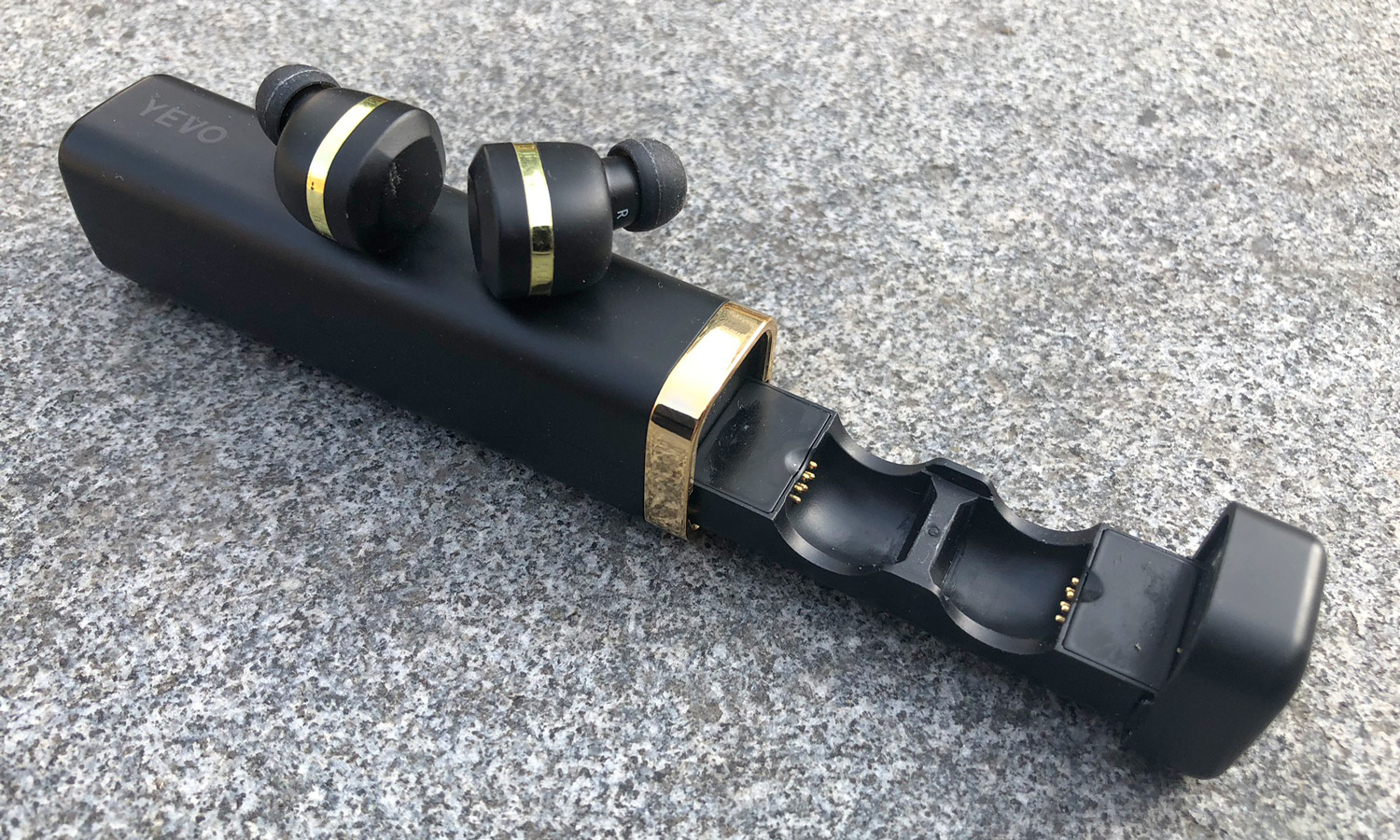
Each earbud weighs 0.2 grams (0.007 ounces), making them one-third lighter than Nuheara's IQbuds (0.3 grams, or 0.01 ounces, each). They're also small enough to be dropped in public, and in black, they're harder to find under chairs, which I realized while crawling around a veterans' hall to look for one of them.
The Yevo 1 is the first set of wireless earbuds I've seen that actually looks sexy.
The buds come in a rectangular case that measures 4.4 x 1.1 x 1.0 inches and weighs 1.9 ounces (without the buds in them) and looks as if it's meant to evoke a large lipstick. The IQbuds' case is stouter (3.8 x 1.8 x 1.3 inches, 2.6 ounces) and looks more like a contact-lens case.
You charge the Yevo 1 case via mini-USB, but don't be surprised if the included cable's connector doesn't sit flush with the case, as ours didn't. When you open the case, out slides a section that holds the buds and charges them via proprietary connectors. I'm not that fond of snapping buds into the case; it feels as if you were forcing it back in. I prefer the simpler method the IQbuds use: placing them into their seats in their charger.
Comfort
The Yevo 1 felt nice in my ears, but it took a little time to get used to getting them in correctly. The instruction manual advises users to insert them by paying attention to the flat and pointed sides of the faint pentagram design on the back of the buds facing forward and then rotating the buds 180 degrees backward. However, I found it easier to get them seated at the correct angle by inserting them with the reflective connectors facing up and then rotating them 90 degrees backward.
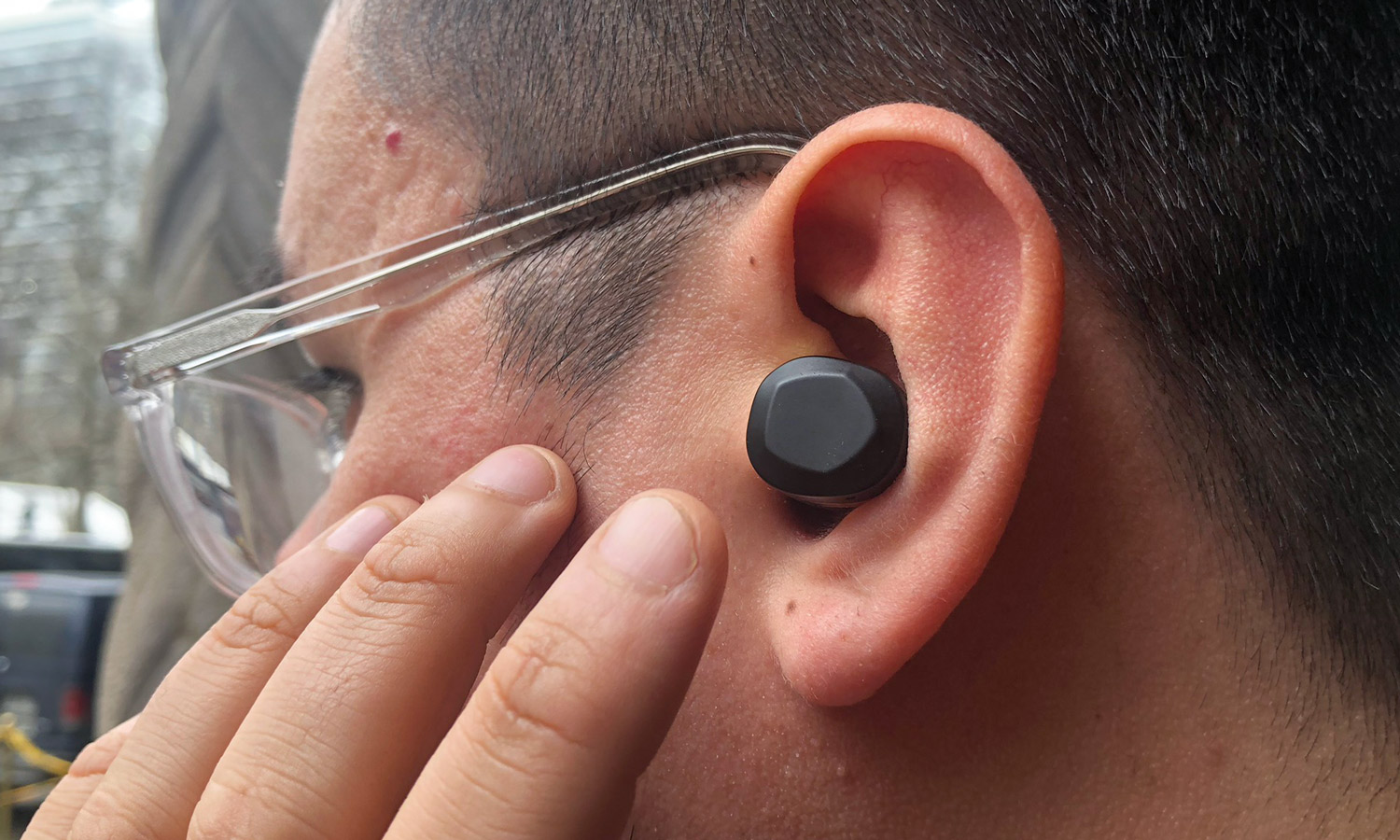
But once I got them in comfortably, I appreciated how light they felt. After wearing them for extended sessions, I got to the point where I nearly forgot they were in my ears when nothing was playing.
The Yevo 1 comes with a standard four-pack of rubber flange tips (small, medium, large and extra large). The IQbuds offer tips in those same sizes, but with a second set made with oval tips for people with differing ears.
MORE: Best Headphones 2018
Setup and Controls
Setting up the Yevo 1 earbuds is pretty easy. You simply take them out of their case and select them from the Bluetooth settings page of your smartphone. The back of each Yevo 1 earbud is a touch-sensitive surface that allows you to pause/play your music, adjust volume, skip tracks, activate Siri and toggle Audio Transparency mode (more on that later). My favorite part of the touch sensors is that they're not too close to the microphones used for Audio Transparency — an issue I did see with the Nuheara IQbuds. Because the IQbuds' touch sensor and mic are so close to each other, it's easy for users to create aggravating feedback when rubbing their finger over the live mic by accident.
App
The Yevo 1 works with free, useful apps for iOS and Android. . The apps let you adjust the equalizer, activate Bass Boost (which works, but can distort the sound at higher volumes) and change the level of the Audio Transparency function. I kept the latter at 100 percent, as lower settings barely let in any sound.
The ability to activate Siri from the buds is nice, especially if you've lost track of the many settings (tap, double-tap, triple-tap and long-press), as the assistant can perform most of those commands (minus Audio Transparency). However, the process of using Siri via the Yevo 1 is slightly confusing, requiring you to wait for two beeps instead of the standard one. As such, I found myself speaking before Siri was actually listening.
Audio Performance
When I listened to The Outfield's "Your Love" on the Yevo 1, the vocals sounded as clear as they did on the IQbuds. But drums and bass guitar riffs didn't hit as strongly as they should have, and the low end of the sound profile sounded better on the IQbuds.
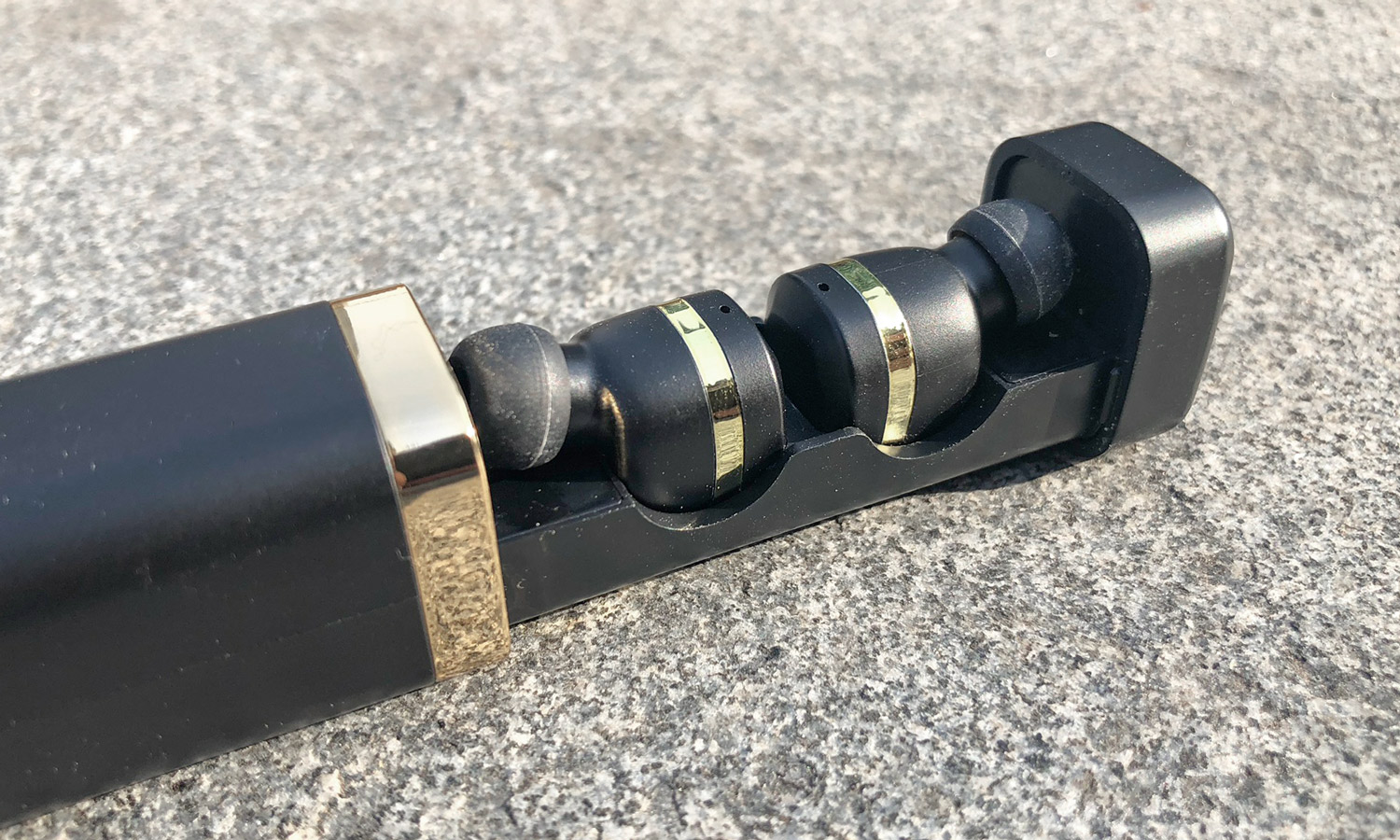
If you download the Yevo 1 app, you can activate the headphones' Bass Booster mode, but I prefer to have that sound profile built in. Both the Yevo 1's and IQbuds offered an acceptable sound stage, with slight drum cymbals sounding clear and not blending into the synths.
The Yevo 1 felt nice in my ears, but it took a little time to get used to getting them in correctly.
The high-pitched vocals at the start of Kendrick Lamar's "Loyalty" came through accurately on the Yevo 1, matching the IQbuds' sound. Again, I found that the track's bass didn't kick hard enough until I turned Bass Booster on in the Yevo app, whereas the IQbuds emphasized the bass even more than I expected. I easily distinguished the track's smaller noises, such as record scratches and sharp hi-hat drums, which also came out clearly on the IQbuds.
Kristofer Maddigan's jazzy "Sugarland Shimmy" sounded full and punchy on the Yevo 1, with piano keys plinking and plunking delightfully. I found myself disabling the Bass Booster mode here, as its horns sounded a bit too strong with the setting enabled. The IQbuds provided a strong, even balance without any adjustment, with sweet brass instruments and crisp drums.
MORE: 8 Cheap Noise-Canceling Headphones (Under $200), Ranked Best to Worst
Audio Transparency
The Yevo 1's Audio Transparency effect is helpful, but only in certain situations. This mode, which you activate via the Yevo app or by tapping on a bud (long-press on the left bud by default), uses microphones on the outside of the buds to pipe sound into your ears so you're not completely isolated.
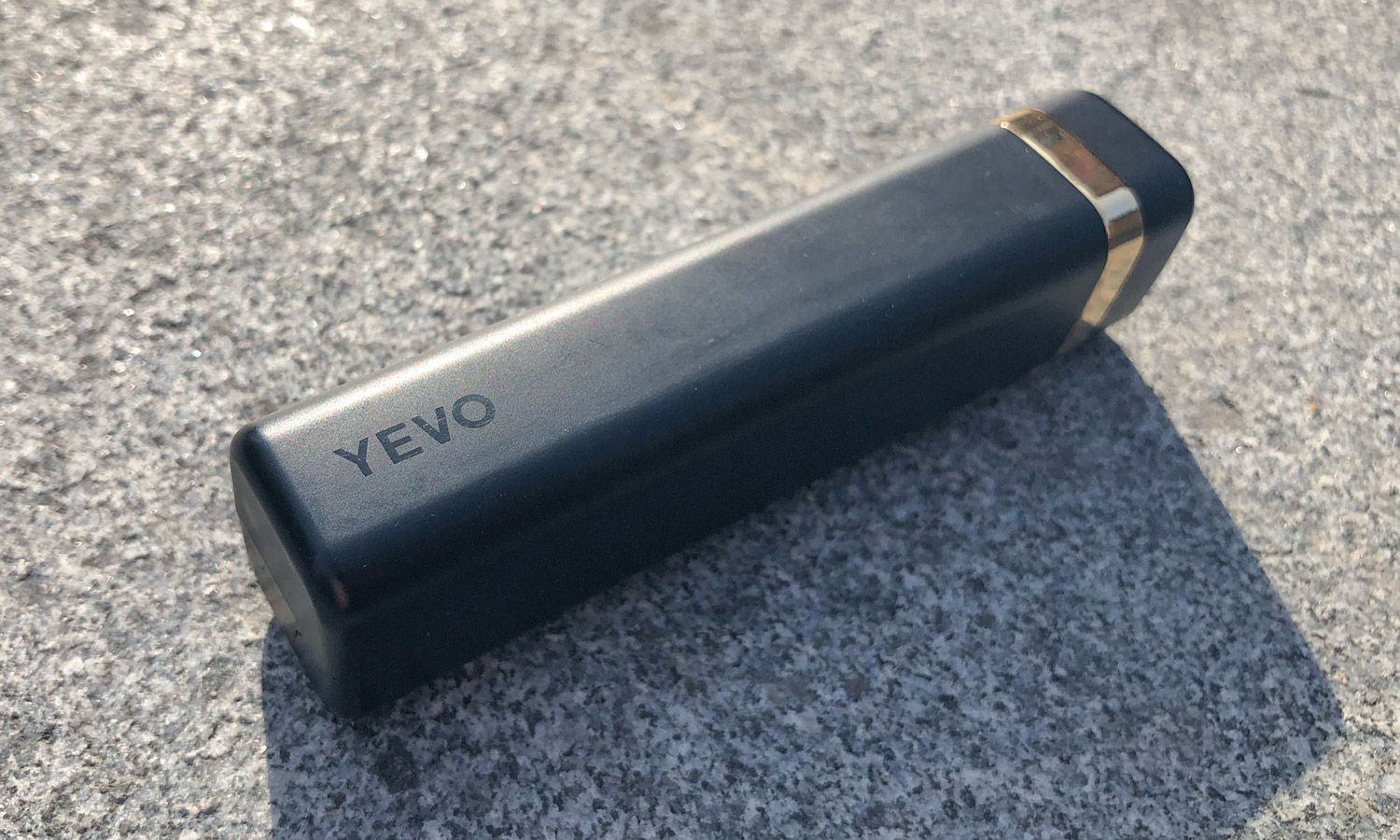
I found this mode best for talking to people in close proximity, such as when chatting with nearby co-workers or making a purchase from a store clerk. This is because the buds let in only enough noise for me to clearly pick up words from loud talkers.
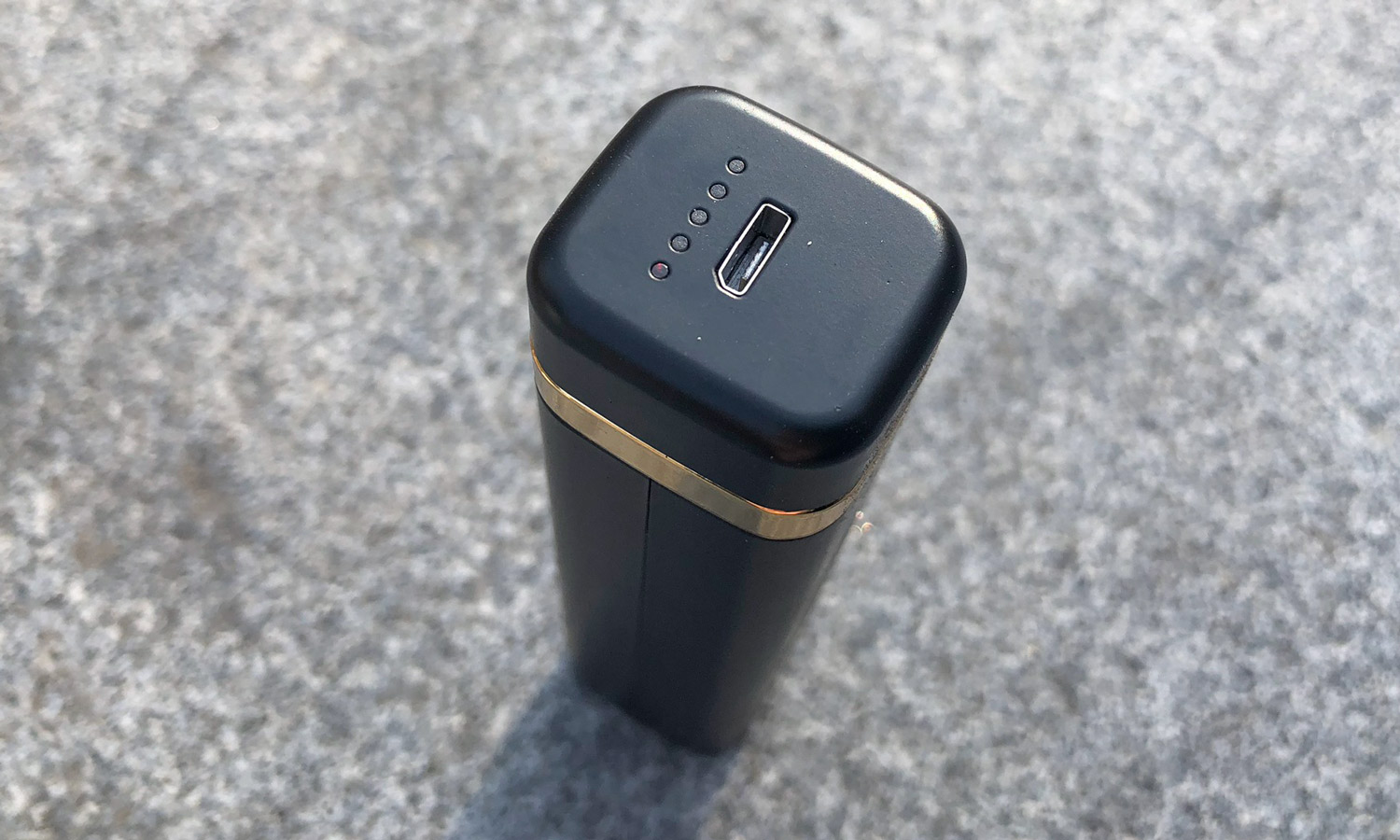
Frustratingly, the Yevo 1 wasn't as good at balancing noise around me with the music I was listening to. As I walked down a windy street, the noise of the wind created a fuzzy static on top of Cam'ron's "Lean," taking me out of the moment. I could have pulled out my phone and lowered the Audio Transparency level, but you shouldn't have to constantly fiddle like that.
The IQbuds, on the other hand, are much better at picking up ambient noise. Those buds come with six situationally based presets and a handful of options for adjusting what you hear, to amplify more or less of the high, mid or low end of the audio spectrum.
Call Quality
I called a colleague from various locations in and around our office on the Yevo 1 and had mixed results. While the buds sent audio that sounded indistinguishable from that sent by a phone when I was in a quiet room, my co-worker could clearly tell I was using something different when I called from the busy streets of New York. When I called them using the The IQbuds, the audio being sent to my colleague sounded choppier and distant, as if I were underwater.
MORE: 11 Cheap Headphones (Under $30), Ranked From Best To Worst
Battery Life and Bluetooth
The Yevo 1 is rated for 20 hours of total playback time (using the case for recharging), and I found that I could listen for 2 to 3 hours per day for a week without needing a recharge. I found the same endurance in the IQbuds, which are rated for 16 hours of Bluetooth streaming and 32 hours of nonstreaming audio processing. As with all wireless earbuds, this is accomplished on the Yevo 1 by using the case as a mobile charger.
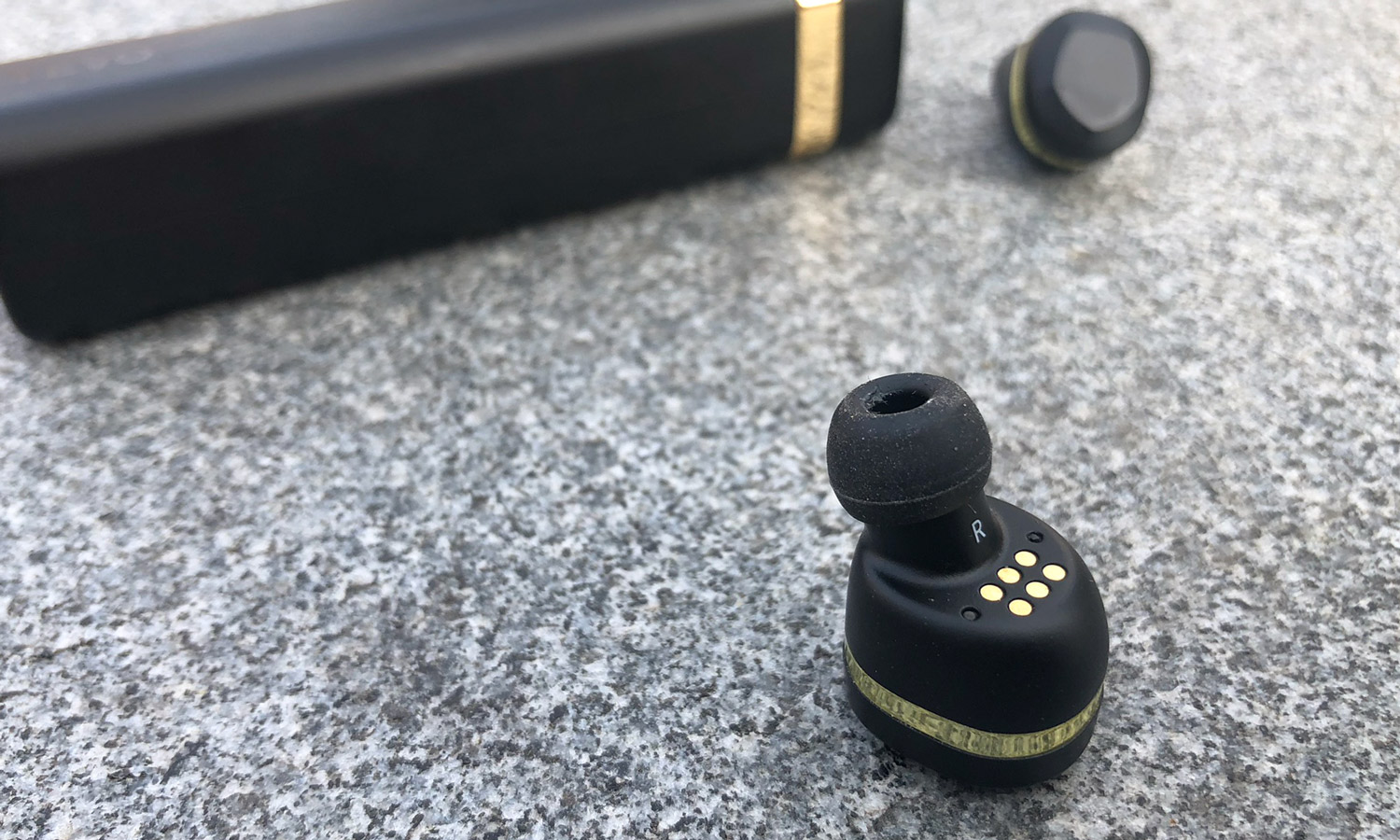
The quality of the Yevo 1's Bluetooth connection seemed acceptable at times, allowing the standard range of around 33 feet, but a frustrating bump in the road kept disrupting the fun. The bigger issue, though, is that the left earbud chronically cuts out at 2- to 3-second intervals. This would be tolerable if it happened only occasionally during my hour-long commute, but it happened five times, with two times nearly back to back. And that's not the "Back To Back" I want to be hearing.
The Yevo 1's Audio Transparency effect is helpful, but only in a certain situations.
On rare occasions, this got worse. Twice in two weeks, the buds randomly disconnected from my iPhone, and at one point, the audio of the podcast I was listening to changed to a series of high-pitched noises. I silenced them by removing them from my ears, disconnecting and repairing.
The Yevo 1 buds are missing one connection feature I love about the IQbuds: automatic repairing. If I walk away from my phone with the Yevo 1 in and then come back, I have to manually reconnect, whereas the IQbuds automatically do that work for me.
Bottom Line
The Yevo 1 earbuds deliver a stylish design, long battery life and solid audio quality (when they're working). Unfortunately, the random left-bud drop-out moments happened too often to ignore, and that's no good for $249.99.
If you don't want to constantly experience the day the music died,, it's best to put function ahead of style and find another $50 for the greater stability and similar audio quality of the Nuheara IQbuds. Right now, the Yevo 1 buds look a whole lot better than they sound.
Credit: Shaun Lucas/Tom's Guide

Henry is a managing editor at Tom’s Guide covering streaming media, laptops and all things Apple, reviewing devices and services for the past seven years. Prior to joining Tom's Guide, he reviewed software and hardware for TechRadar Pro, and interviewed artists for Patek Philippe International Magazine. He's also covered the wild world of professional wrestling for Cageside Seats, interviewing athletes and other industry veterans.
